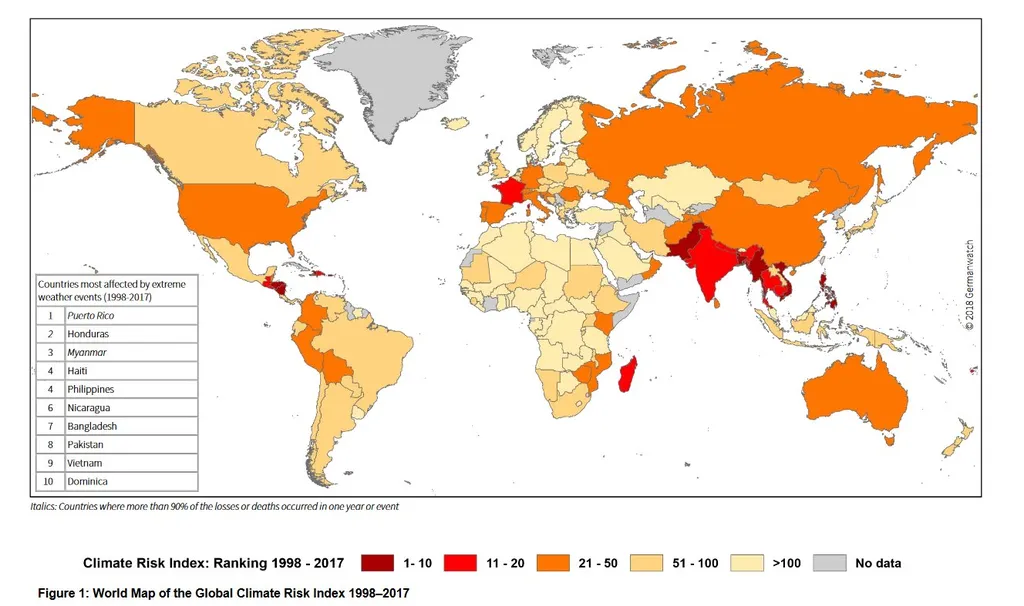New research has uncovered a significant impact of heavy pollution in Southeast Asia on regional rainfall patterns, with potential implications for the agriculture sector and investors. The study, published in npj Climate and Atmospheric Science, found that aerosols—tiny particles produced by cars, factories, and power plants—are suppressing rainfall over land while intensifying it over the ocean.
The research, led by Kyong-Hwan Seo of Pusan National University in South Korea, modeled the effect of aerosols in Southeast Asia, from Thailand to the Philippines, and the surrounding seas. The findings revealed that when pollution spikes, rainfall grows up to 50 percent more intense over the ocean. This is because aerosols act like a brake on daytime heating over land, where pollution is concentrated, while the ocean hardly feels this effect. As warm air rises over the sea, it draws moisture away from the land, resulting in heavier downpours over the ocean.
On land, the story is different. Rainfall is more meager and tends to occur overnight rather than in the usual late-afternoon storms. This shift in rainfall patterns can have significant implications for the agriculture sector. Farmers in Southeast Asia rely heavily on seasonal rainfall for irrigation, and changes in precipitation patterns can impact crop yields and farming practices.
The delay in rainfall from late afternoon to midnight can also affect the timing of agricultural activities. Farmers may need to adjust their planting and harvesting schedules to accommodate these changes, which could have economic implications. Additionally, the increased intensity of rainfall over the ocean can lead to more frequent and severe flooding in coastal areas, which can damage crops and infrastructure.
For investors, these findings highlight the need to consider the potential impacts of pollution and climate change on agricultural investments in Southeast Asia. Changes in rainfall patterns can affect the profitability of agricultural ventures, and investors should be aware of these risks when making investment decisions.
Moreover, the research can help weather forecasters determine when pollution will diminish rainfall, enabling officials to better predict floods and manage the supply of fresh water. This information can be crucial for the agriculture sector, as it can help farmers plan their activities and mitigate the impacts of changes in rainfall patterns.
In conclusion, the new research underscores the complex interplay between pollution, climate change, and rainfall patterns in Southeast Asia. For the agriculture sector and investors, understanding these dynamics is essential for making informed decisions and adapting to a changing environment.

